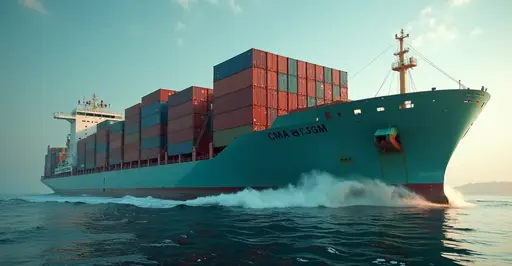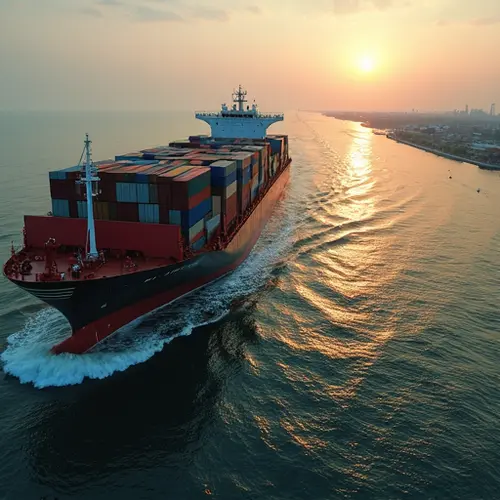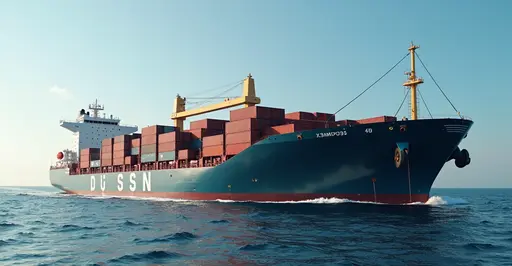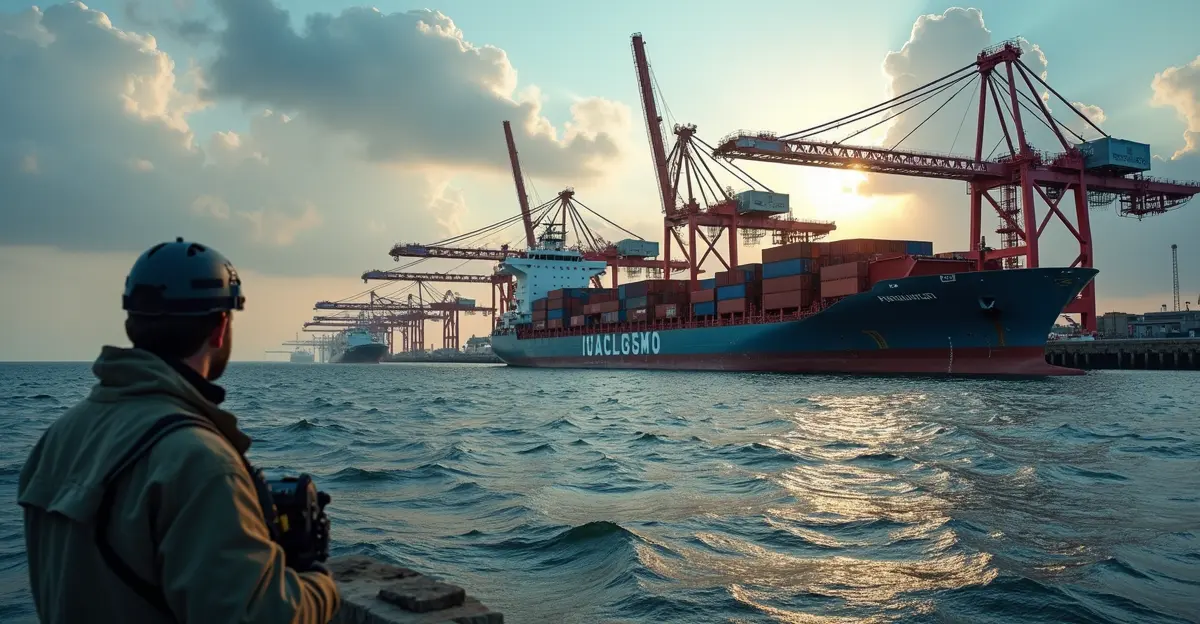Shipping companies are rapidly adopting methanol and ammonia fuels to replace diesel, driven by emissions regulations. Maersk and CMA CGM lead the transition, though green fuel production and safety challenges remain.

Maritime Industry Shifts to Green Fuels
Global shipping companies are accelerating adoption of methanol and ammonia as primary fuels, replacing diesel in new vessel designs. This transition responds to tightening emissions regulations and net-zero commitments by 2050.
Why These Fuels?
Methanol offers easier storage and handling compared to alternatives, with 20% lower CO2 emissions than conventional fuels. Ammonia provides true zero-carbon operation when produced using renewable energy (green ammonia). Major ports including Rotterdam and Singapore are developing specialized bunkering infrastructure.
Industry Adoption Accelerates
Maersk leads with 19 methanol-powered vessels on order, while CMA CGM has 12 dual-fuel ships entering service this year. Mitsubishi Shipbuilding recently launched the world's first ammonia-ready bulk carrier. "We're seeing 300% more green fuel vessel orders than in 2023," said maritime analyst Elena Torres.
Production Challenges
Current green methanol production meets only 15% of projected demand. New facilities in Scandinavia and Chile aim to close this gap using wind-powered hydrogen synthesis. Ammonia faces toxicity concerns, requiring new safety protocols for crew training and storage.
The Road Ahead
IMO regulations now mandate 30% emission cuts by 2030. With methanol ships costing 10-15% more than conventional vessels, industry coalitions are lobbying for green fuel subsidies. Analysts predict ammonia will dominate deep-sea shipping by 2035 as technology matures.

 Nederlands
Nederlands English
English Français
Français Deutsch
Deutsch Español
Español Português
Português






